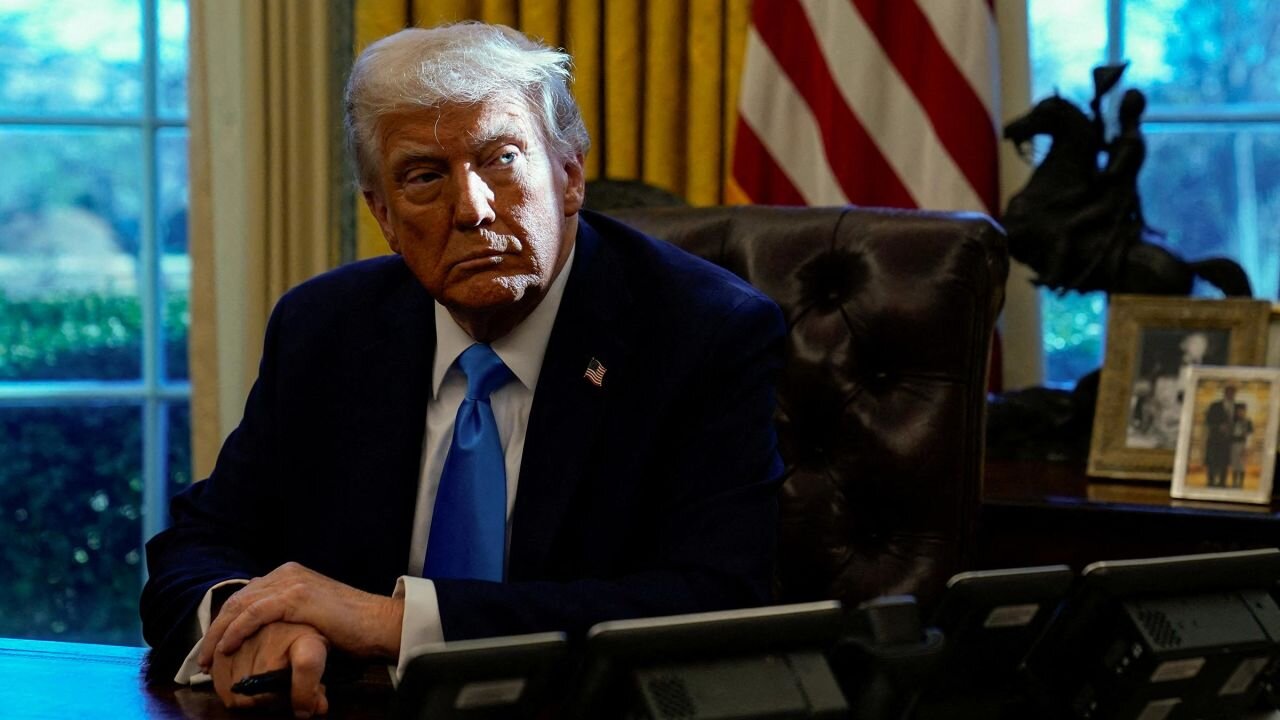Navigating the Trump era

TEHRAN – The specter of Nixon’s "Madman Theory" looms large over Donald Trump’s presidency—a strategy predicated on projecting irrational aggression to force concessions from adversaries. The premise is simple: by making seemingly incredible threats appear credible, a leader can intimidate weaker states and extract maximum strategic and economic-military gains. For Trump, this approach was not just theoretical but a cornerstone of his foreign policy, particularly in dealing with West Asia and China.
Nowhere was this more evident than in his recent dealings with Persian Gulf states. During his May tour of the region, Trump’s administration extracted an estimated $3.2 trillion from Muslim nations under the banner of "Iranophobia," funneling these funds into U.S.-Israeli defense industries, largely controlled by American Republicans and neoconservatives. What was sold as economic stimulus had darker implications: Mohammed bin Salman openly framed these transactions as job creation for Americans, even as the weapons purchased were deployed to bolster the Zionist regime’s campaign in Gaza and Yemen, perpetuating genocide under the guise of security.
Trump’s primary conflict: The clash with China
Beneath the theatrics of West Asia diplomacy lay Trump’s ultimate challenge: containing China. As the West’s foremost economic and military rival, China’s ascent forced the U.S. to recalibrate its global strategy. Trump’s negotiations with Iran, for instance, may have been less about Tehran and more about securing Israel’s safety, freeing American resources to confront Beijing through hard and semi-hard power plays.
Yet Trump’s erratic policymaking created an opening for smaller states to exploit. In this volatile landscape, a threat-balancing strategy emerged as the most effective means for nations to extract concessions from Washington.
The threat-balancing strategy
To understand why this approach worked, we must examine how Trump’s unilateralism backfired. His rise—embodying the hardline U.S. establishment—transformed America into a systemic threat to the international order. Global powers responded in kind: the U.S.-China tariff war, the push for a BRICS-linked currency, and the exclusion of the dollar from Sino-Russian trade all signaled a world pushing back against American coercion.
This shift was inevitable. The U.S. establishment had long recognized that declining economic and military power made multilateral hegemony unsustainable—a reality later tacitly admitted by the U.S. Vice President. Here, the work of Stephen Walt becomes pivotal. His revision of Kenneth Waltz’s Balance of Power theory argues that states counter threats (a blend of power, intent, and proximity), not just raw power. States choose between:
- Balancing (allying against the aggressor) or
- Bandwagoning (submitting for short-term gain).
Walt’s insight explains why even weaker states resist: subjective threat perceptions, not just capability gaps, drive defiance. This framework is key to understanding Iran’s resilience during the Trump years.
Iran’s strategic posture during the Trump era
Under the guidance of the Leader of the Islamic Revolution, Iran’s foreign policy has remained remarkably consistent from Raisi to Pezeshkian, with figures like Foreign Minister Araghchi and the late Amir Abdollahian advancing a doctrine of dignified pragmatism. The Raisi administration’s outreach to rivals like Saudi Arabia paid off: Persian Gulf states, despite Israeli pressure, publicly rejected U.S.-backed attacks on Iran.
Simultaneously, indirect negotiations with Washington reduced confrontation costs. The Axis of Resistance came to view Iran as a steadfast negotiator—one that engaged without surrendering core interests. The Leader’s red lines (enrichment rights, defense autonomy, and regional influence) were non-negotiable, yet Tehran signaled openness by conditionally adopting global norms like the Palermo Convention—a deft balance of resistance and reintegration.
But challenges remain. Iran’s economy, vulnerable to psychological shocks from protracted talks, requires tighter coordination between the Central Bank and Ministry of Economy to bolster diplomatic leverage. The calculus is clear: while resistance carries costs, they pale beside the humiliation of compromise. As the nation has shown for decades, sovereignty and martyrdom’s legacy outweigh transient material burdens.
By Dr. Mohammad Shekarchian, Member of the Iranian Scientific Association for West Asian Studies
Leave a Comment